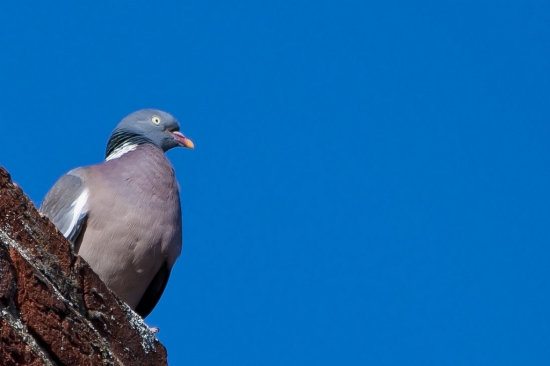Homing Pigeons, How Do They Work? New Theory Explains How Pigeons Find Home
Science has a much better understanding of how a homing pigeon’s internal compass works than how it can actually find its way home. That bothered Jon Hagstrum, so he began studying the birds and thinks he has come up with a way to explain how homing pigeons find home, and why they sometimes get lost along the way.
Hagstrum said he was “stunned and amazed and fascinated” that science didn’t have a better understanding of bird navigation. He understands that we don’t all have a firm grasp on things like dark matter and quantum mechanics, but he thinks we should at least understand birds.
The prevailing theories on how homing pigeons navigate have been that they use the Earth’s magnetic fields or their sense of smell to find home, but Hagstrum didn’t think those theories adequately explained the bird’s navigation. He says it’s a homing pigeon’s sense of hearing — not of smell or magnet powers — that guides them.
Pigeons can detect sounds well below the range of human hearing known as “infrasounds,” and it’s these sound waves Hagstrum thinks the birds are navigating by. He thinks this not only explains how the birds navigate, but also why they get lost.
Hagstrum isn’t an ornithologist, he’s a geologist, but got interested in homing pigeons after seeing a lecture by biologist William Keeton from Cornell University. Keeton studies homing pigeons, and how their navigation is affected by “release-site biases.”
Release-site biases are factors that impact a bird’s ability to navigate successfully in certain areas. Hagstrum studied data from three of Keeton’s release sites, and believes that what he found supports his navigation-by-infrasound theory.
One of Keeton’s release sites, Hagstrum says, is in a “sound shadow” from the pigeons’ home at Cornell. That means that because of the terrain and atmospheric conditions, none of the infrasounds the birds are looking for reach that site. Normally when Keeton released birds from this location they flew off in different directions, disoriented. One day when they flew off in the right direction, the conditions were such that the infrasounds from Cornell were able to reach the site.
An animal behavior researcher from Bowling Green State University, Cordula Mora, says that the infrasound theory may explain how Keeton’s birds navigate, but that it can’t be applied for all homing pigeons. Her research supports the magnetic field theory, and she suggests that maybe birds in different areas navigate by different means.
Hagstrum will continue his research to determine how large an area the birds can hear the infrasounds. The Navy and Air Force are interested in his work and how it could be applied to navigation technology.
(via National Geographic, image via Mark Seton)
- British Intelligence wants help cracking a WWII pigeon code
- One Canadian man thinks he’s cracked that code
- These catfish hunt pigeons
Have a tip we should know? tips@themarysue.com
